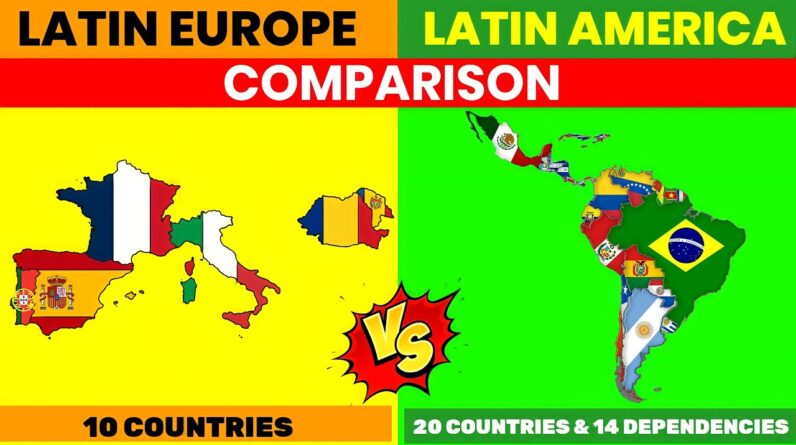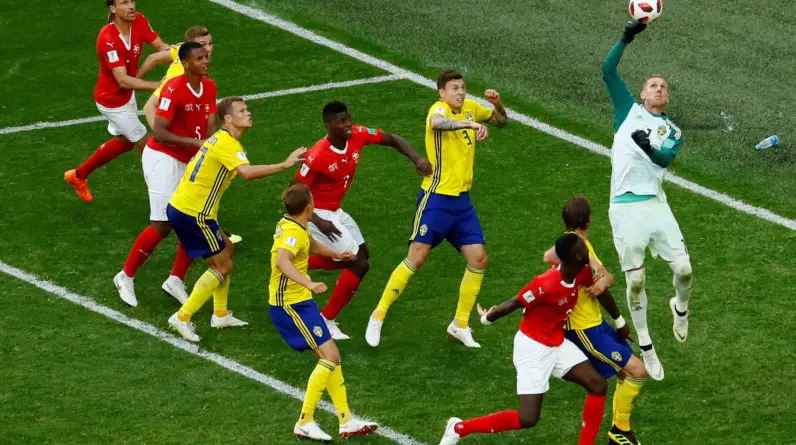
Football, known as soccer in some regions, is a universal language that captivates millions worldwide. However, the playing styles of Europe and South America are strikingly different, each offering unique elements that enrich the beautiful game. This article delves into the defining characteristics of football in these two regions, showcasing their influences, tactics, and philosophies.
Historical Context is crucial in shaping the football cultures of Europe and South America. European football has evolved with a focus on structured tactics and disciplined play, reflecting the continent’s long-standing tactical traditions. In contrast, South American football thrives on creativity, flair, and individual skill, drawing inspiration from its rich and diverse cultural heritage.
When it comes to tactics, European football emphasizes strategic organization and teamwork. Renowned coaches like Pep Guardiola and Jürgen Klopp have popularized intricate systems that require players to fully understand their roles within a cohesive unit. This approach often results in solid defensive structures and a delicate balance between offense and defense.
In South America, the emphasis is on freedom of expression. Players are encouraged to showcase their talents, with improvisation and creativity taking center stage. This style is vividly illustrated in the dazzling performances of football legends like Diego Maradona and Ronaldinho, who epitomize the region’s flair and skill.
Another key difference lies in physicality. European football typically adopts a more physical and intense style, where fitness and strength are paramount. This creates a competitive atmosphere where robust play is the norm. Conversely, South American football prioritizes agility and technique, allowing players to navigate tight spaces with remarkable dribbling skills and finesse.
Youth development systems further highlight these differences. European academies often focus on tactical understanding and physical conditioning, shaping players for specific roles in the game. In South America, the approach is more organic, fostering natural talent and encouraging creativity, allowing young players to express themselves without rigid constraints.
The role of fans also influences playing styles in both regions. In Europe, fans often expect high levels of performance based on historical success, leading to a more cautious and results-driven approach. South American fans, on the other hand, create an electric atmosphere that inspires players to take risks and showcase their flair, celebrating creativity on the pitch.
International success has played a pivotal role in defining football identities. European clubs have dominated the Champions League, showcasing tactical sophistication, while South American teams excel in prestigious tournaments like the Copa América and the World Cup, highlighting their knack for producing world-class talent who shine on the global stage.
Technology is increasingly shaping the future of football in both regions. European clubs are often at the forefront of adopting new technologies for training and performance analysis, using data to refine tactics and player development. In South America, traditional coaching methods remain prevalent, blending with emerging technologies to create a unique football culture that values both history and innovation.
In conclusion, the differences in playing styles between European and South American football reflect the rich tapestry of the sport. Each region contributes its own flavor, shaping players, tactics, and philosophies that resonate globally. Understanding these differences not only enhances our appreciation for football but also highlights its role as a bridge connecting diverse cultures around the world.






